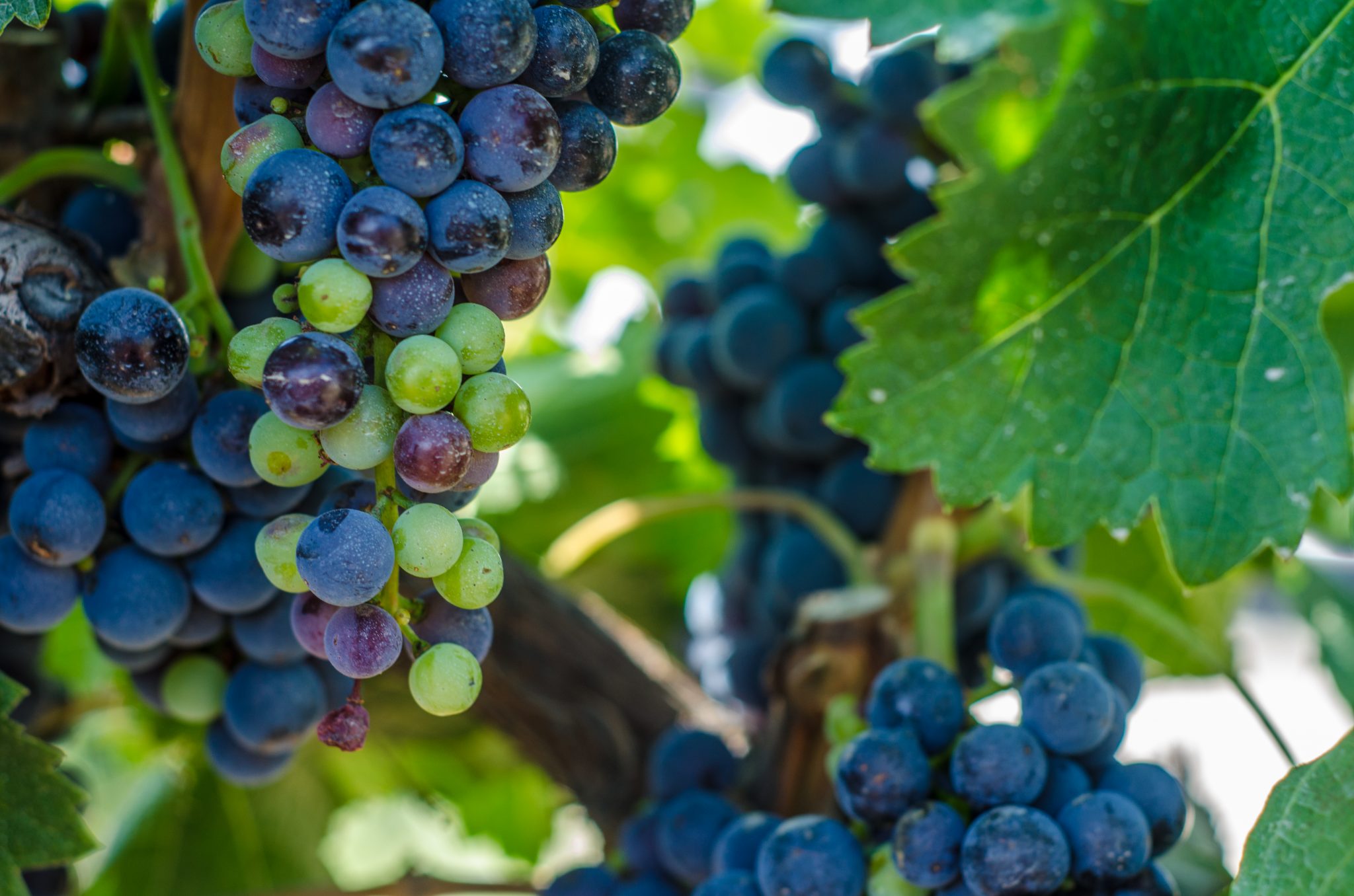Learn the difference between this three viticultural trends that are becoming more and more attractive to winemakers.
Key to all great winemaking is to produce a wine that is a perfect reflection of grape and place. As with any type of farming, pressure from undesirable insects or challenging weather conditions might tempt the winemaker to intervene using artificially created supplements. However, many winemakers now carefully manage how their grapes are grown – making sure there is airflow through the vines to keep the damp away after rain for example – and ensure the vineyard has healthy soils which have a wide variety of plants and trees, which helps mother nature manage itself as it has done for thousands of years. Sometimes producers are certified or sometimes they just know that doing the right thing tastes great too.
Sustainable Wine
This is the most basic level, where wine is made from grapes grown with a limited amount or no use of chemical fertilizers, pesticides, fungicides and herbicides. Many wineries that are technically organic still choose not to be certified. There are many reasons for this. Some do not want the added costs and bureaucracy of registering. Others may disagree with their government’s standards. It can also be a marketing decision. Whatever the case, they are not allowed to use “organic” on their labels.
Organic Wine
Organic wine are made from organically farmed grapes. The standards for what constitute ‘organic farming’ vary from country to country, but generally excludes the use of artificial chemical fertilizers, pesticides, fungicides and herbicides. When a label says “organic,” it means the wine has met certain standards that are set by a government agency and it usually takes 3 years to convert a vineyard. In order to make a vineyard organic, vine growers need to increase the biodiversity, adding hedgerows and plants to attract predatory insects that naturally control any harmful bugs that would otherwise be sprayed with insecticides.
Organic winemaking techniques also include little or no manipulation of wines by excessive filtration, flavour additives (such as oak chips) or reverse osmosis. Many organic winemakers also prefer the use of wild yeasts for fermentation. The use of added sulphites is debated heavily within the organic winemaking community. Many favour their use, in extremely small quantities, to help stabilize wines, while others frown on them completely. In general, quality organic wines will have lower sulphur levels than non-organic wines.
Biodynamic Wine
Biodynamic winemaking follows the teachings of Rudolph Steiner (1861-1925), and incorporates homeopathic treatments, as well as astronomical and astrological considerations, into the organic process. Vineyard and winery processes are run according to the biodynamic calendar, following the phases of the moon, planetary cycles and constellations of the zodiac. Famers have been aware of the effect of the moon on plant growing cycles for thousands of years (the moon, after all, controls the tides and plants are reliant on the phloem and water to carry nutrients around their systems). Nettle, yarrow, camomile, oak bark, dandelion and valerian make up the 6 preparations used to treat all manner of conditions of the vine and to make biodynamic compost.
Soil health is paramount and biodynamic vineyards are often noticeable for the amount of mixed cover crops in between rows of vines, with wildflowers and grasses helping to retain soil moisture and nutrients. Ploughing is often done by horse and if egg white fining is used to clarify the wines (still surprisingly common) the domain will probably keep its own hens to provide the eggs. Everything is used and the aim is to make a ‘closed system’, which can have an added benefit of reducing consumption of energy and resources. Biodynamic viticulture was championed by Anne-Claude Leflaive of Domaine Leflaive, one of the finest estates in Burgundy and has since – quietly – been adopted by many of the greatest estates. Petrus, Domaine de la Romanee Conti, Chateau Palmer, Chateau Pontet Canet are notable examples, but the practice is being used more and more widely. Many top Burgundy estates are biodynamic and many in Bordeaux are ‘in conversion’, but you may well not see this on the label. At this level, domains do not advertise their organic or biodynamic status, they simply follow these practices as part of their pursuit of making the best possible quality of wine.


